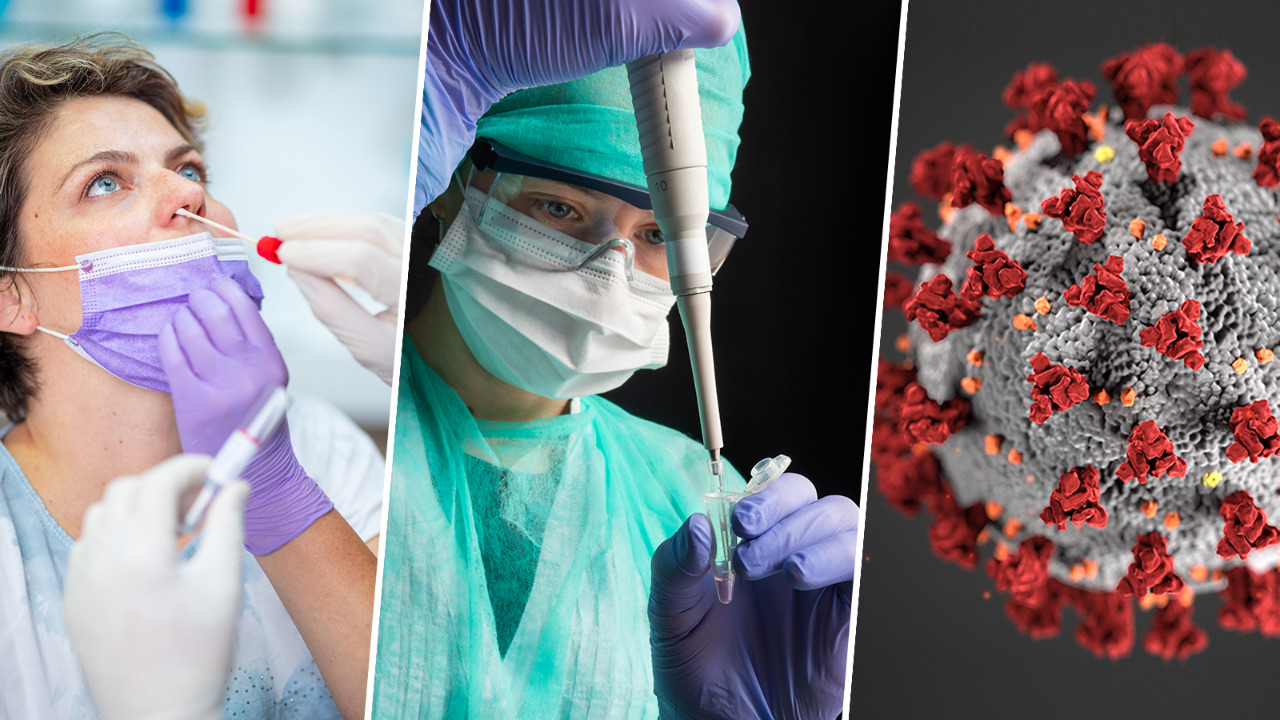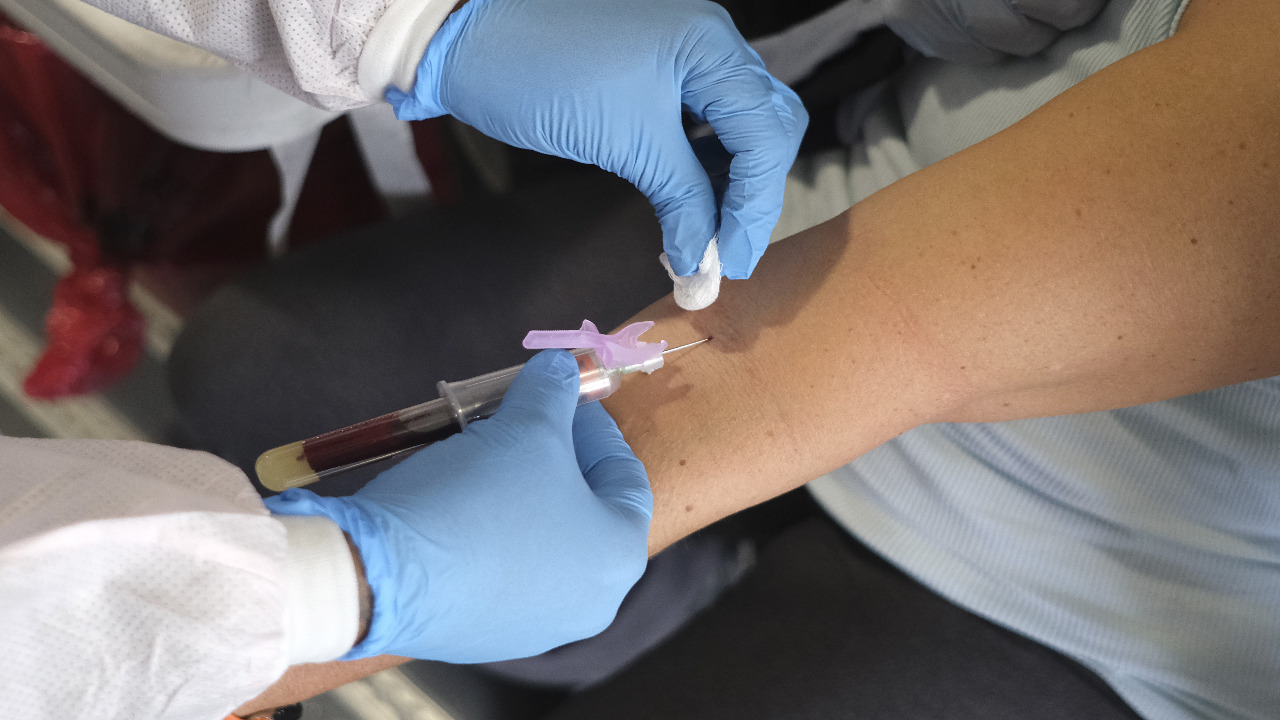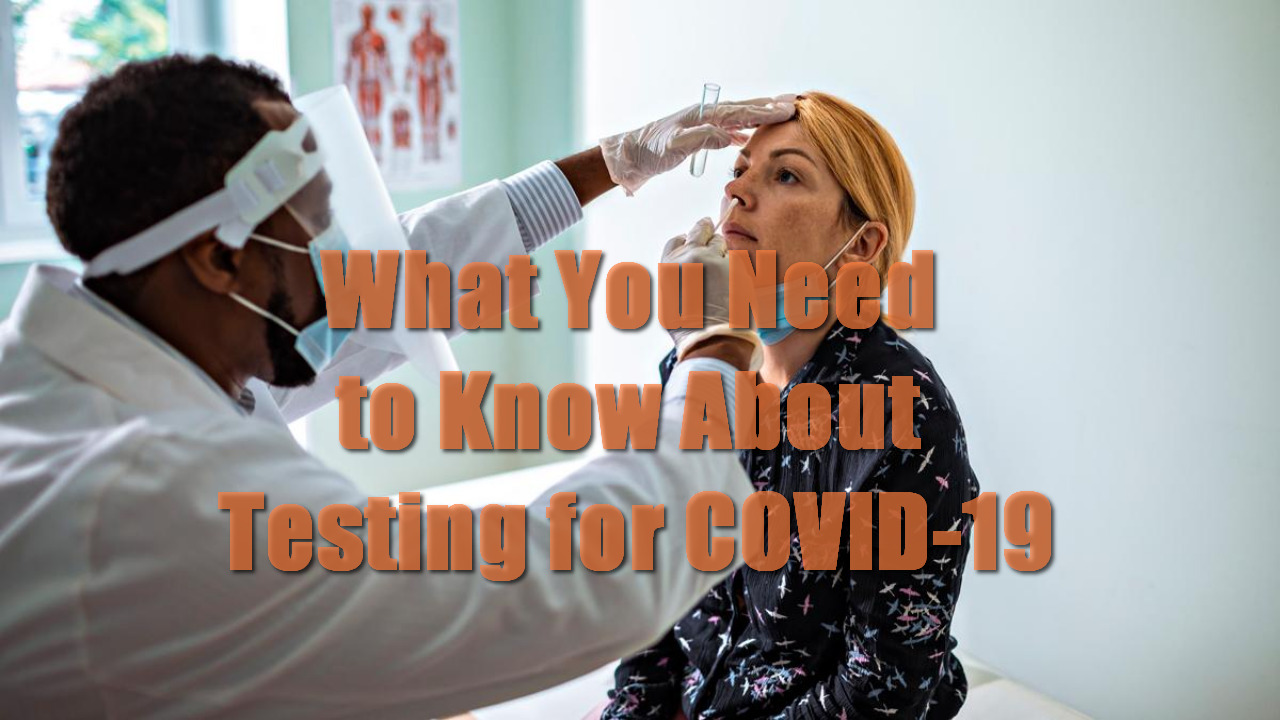The Covid pandemic has been a struggle for the health authorities to manage. In addition to catering to all the infected people, another major issue health care authorities had to deal with was trying to curtail the rapid spreading of the virus by executing tests effectively and rapidly.
There are several ways people can check if they got infected with the virus. Knowing the limitations and benefits of choosing a method to get tested is necessary. Suppose you wish to get checked for Covid, then explore the different types of lateral flow tests at handstations.co.uk. Look at the following article to be aware of all the testing methods available for you to check for Covid-19.
Diagnostic based tests

Molecular tests (RNA or PCR testing)
For such testing, a swab will be taken from your nose to the back of your throat or the most interior part of your nostril. The sample is then sent to a laboratory, where it will analyze whether the virus has any specific genetic information. The most effective technique to test for Covid is via the use of molecular techniques. The fact that the testing has to be analyzed in a laboratory, however, means that it may take more time for you to get the results of the tests.
Antigen testing (known as a rapid test)
Swabs are included in both the molecular test and the antigen testing; however, unlike the molecular tests, the antigen test does not need a lab or any testing equipment. This implies that the findings may be returned to you more promptly. If you’re at a location that offers quick results, the sort of test you are given is most likely to be an antigen test. Although these tests are quite reliable when detecting Covid antigens, the presence of COVID antigens in your body may not become apparent for some time. This indicates that it is feasible to have COVID-19 infection while still getting a negative outcome from the fast antigen test.
It is essential to have a basic understanding of the limitation of the antigen testing method. For instance, if you come in contact with someone with a positive COVID-19 result and just a few hours afterward decide to have a quick test, the results may return as negative since the COVID-19 antigen hasn’t manifested itself in your body quite yet. After a few days have passed, you may begin to experience signs of COVID and get a positive test result for the virus. The danger lies in the fact that you can endanger the health of others around you if you mistakenly believe that you are not infected with the virus after receiving a negative diagnosis at first.
Testing by antibody tests

Testing for Covid using the antibody tests is not advised, as the method does not conclude if the person still has the virus. The testing method involves a simple blood test, which is done to check if an individual has developed antibodies for the Covid-19 virus after getting infected in the past or due to currently being infected.
Hopefully, after reading this article, you can better understand all the testing methods available and which one you should adopt for your Covid-19 test.





